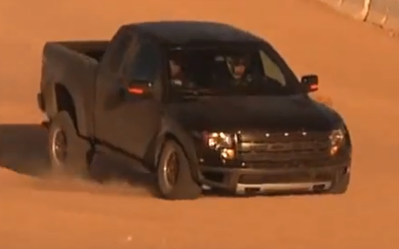The backspace won't really change suspension travel to cause rubbing. The travel of the hub should be fairly linear(limited camber change through travel). You'd need a pretty drastic camber change through the travel to gain extra travel this way.
I disagree. I don't know the total camber change through the entire suspension cycle, but I feel it's too much to dismiss and generally say the travel is linear. I had nearly 0.5º camber change just going from stock to middle perch.
Also, the reduced wheel backspace can and will cause rubbing. With stock wheels, the tire will tuck into the wheel well just barely inboard of the fender flare. With aftermarket wheels with less backspace, such as Methods, the tire will be further outboard and strike the fender flare during full compression rather than tuck in behind it. This is with the wheels pointed straight; things will change a bit if the tires are turned, but it's not very common to put your suspension in a full compression situation and not have the wheels pretty damn straight... definitely not desirable.
The truck in the attached photo has stock tires/wheels and is most likely in full compression. If he was running Methods with those tires, the tires would probably rub on the inner lip of the fender flare in this scenario. There's also a good amount of visible negative camber in this photo too... 10-15º maybe?
However, the issue with a wider stance is that the tires swing in a bigger arc when turned which puts them closer to both the front and back of the wheel arch when turned.
Agreed! The increased lateral offset from having less backspace will carry into the entire wheel pivot radius of the steering arc. Better to think of the lateral offset in relation to the wheel hub in all steering positions rather than only offset laterally from the vehicles longitudinal axis or when the steering wheel is straight.



